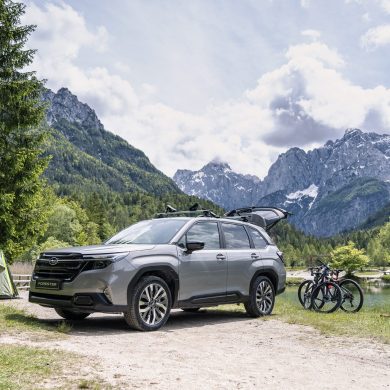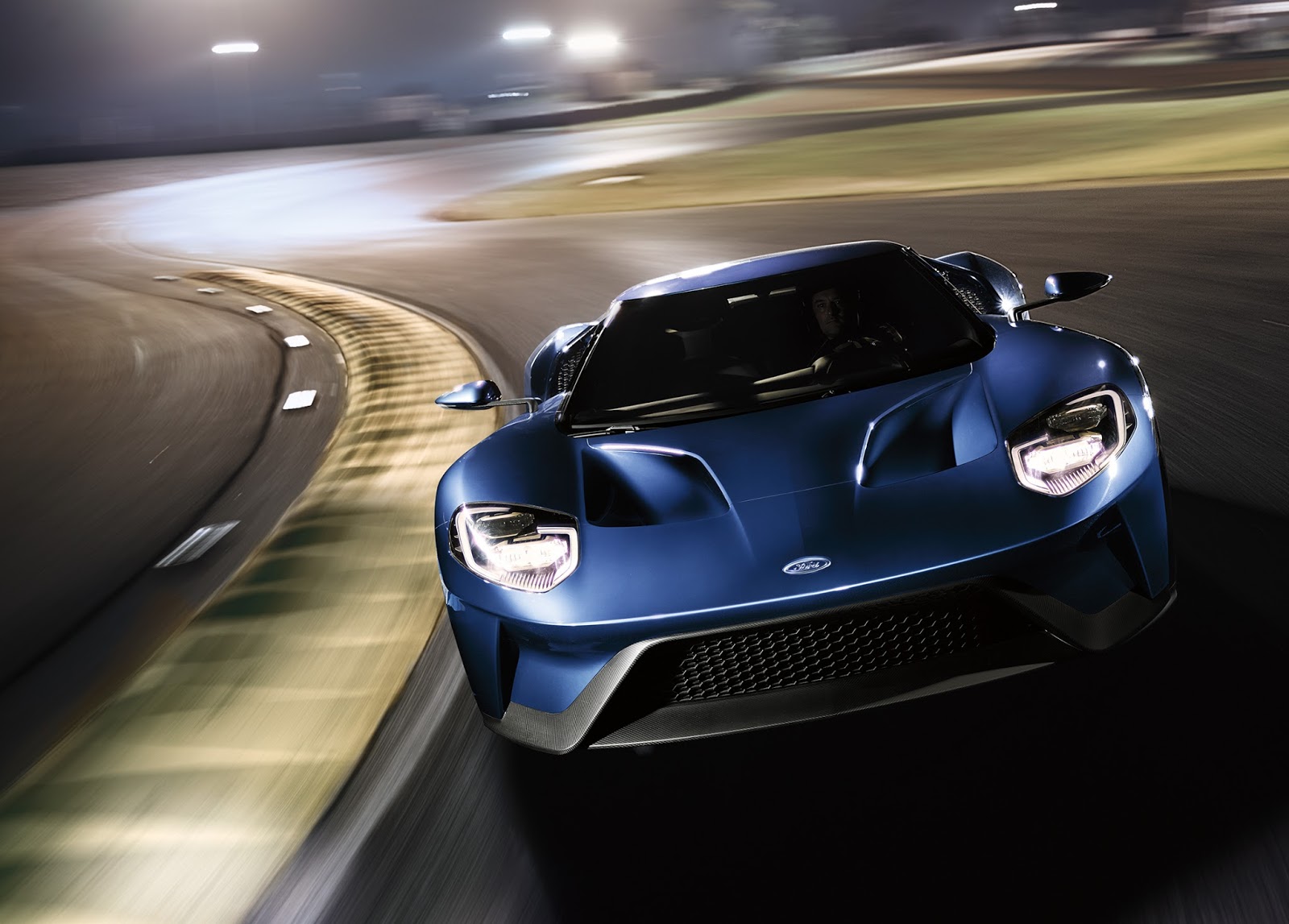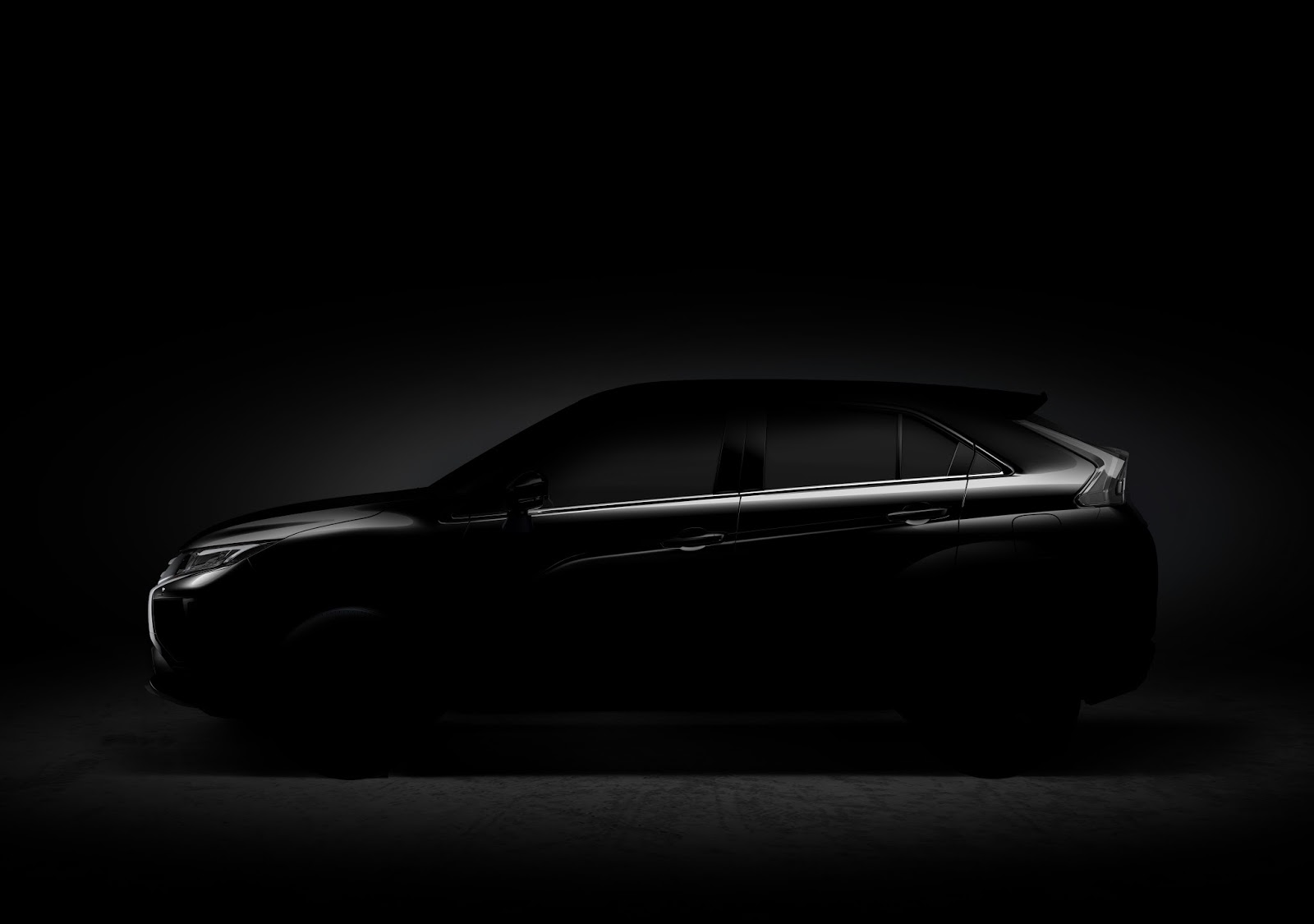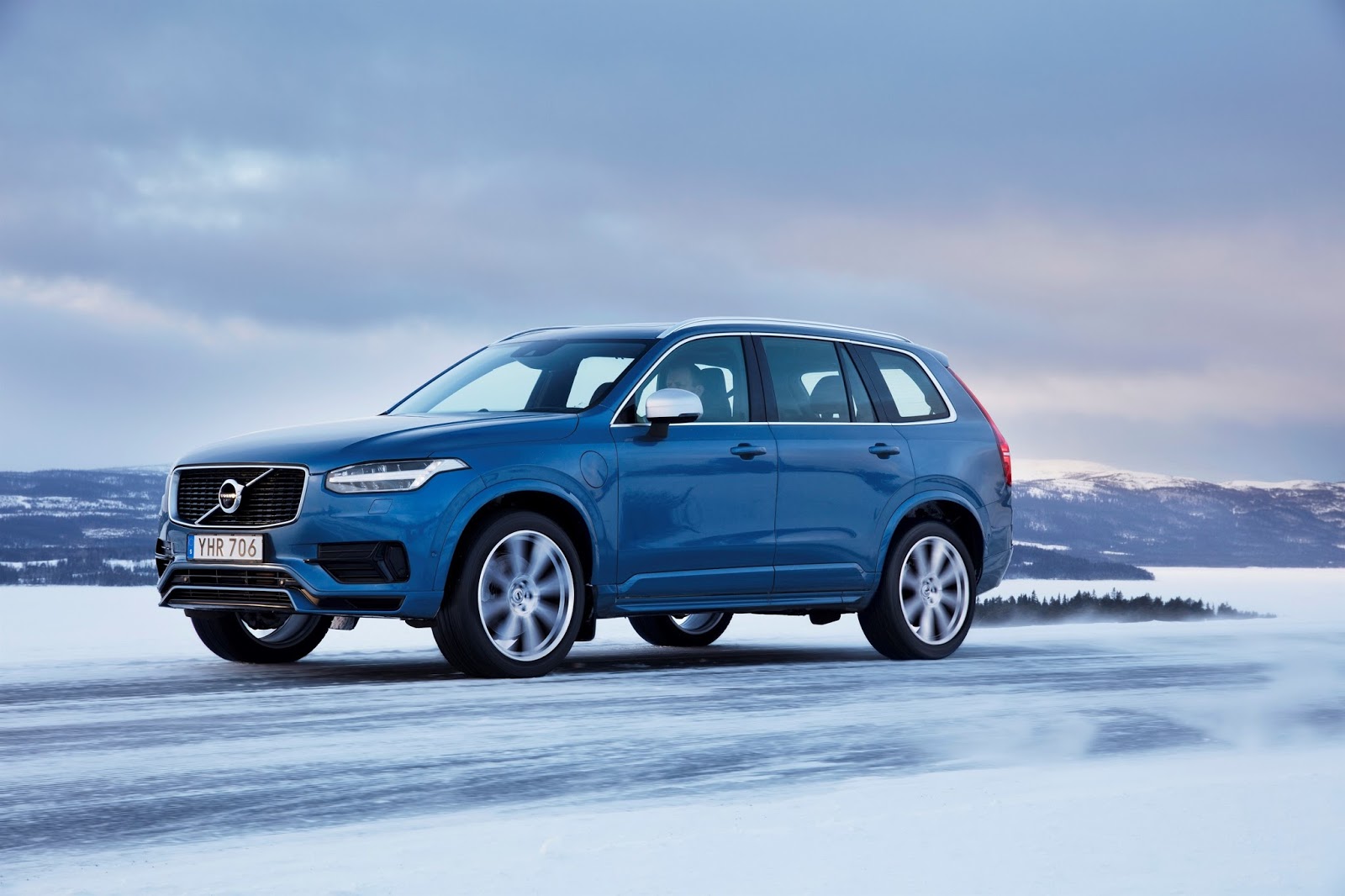
Volvo Cars is celebrating twenty years of introducing all-wheel drive systems, with classic mechanical systems now complemented by electric all-wheel drive systems based on hybrid technology.
In 2017 Volvo completes 20 years of designing, developing and building advanced all-wheel drive (AWD) systems. And it's celebrating by adding modern electric all-wheel drive systems to the range that build on the unlimited possibilities offered by hybrid technology.
Over the last twenty years, technological developments in the field of all-wheel drive have led to a reduction in the weight of mechanical systems while increasing energy efficiency. Since the launch of the advanced 'Active On Demand' technology, where all four wheels are permanently engaged in the transmission, it has been possible to distribute torque directly to the rear wheels when required. And the amount of torque is continuously controlled to consistently ensure optimum results in terms of grip, stability and traction at all times. The design philosophy of Volvo Cars' all-wheel drive (AWD) system is uniform, with appropriate customisation where required for application to the Swedish brand's various models.
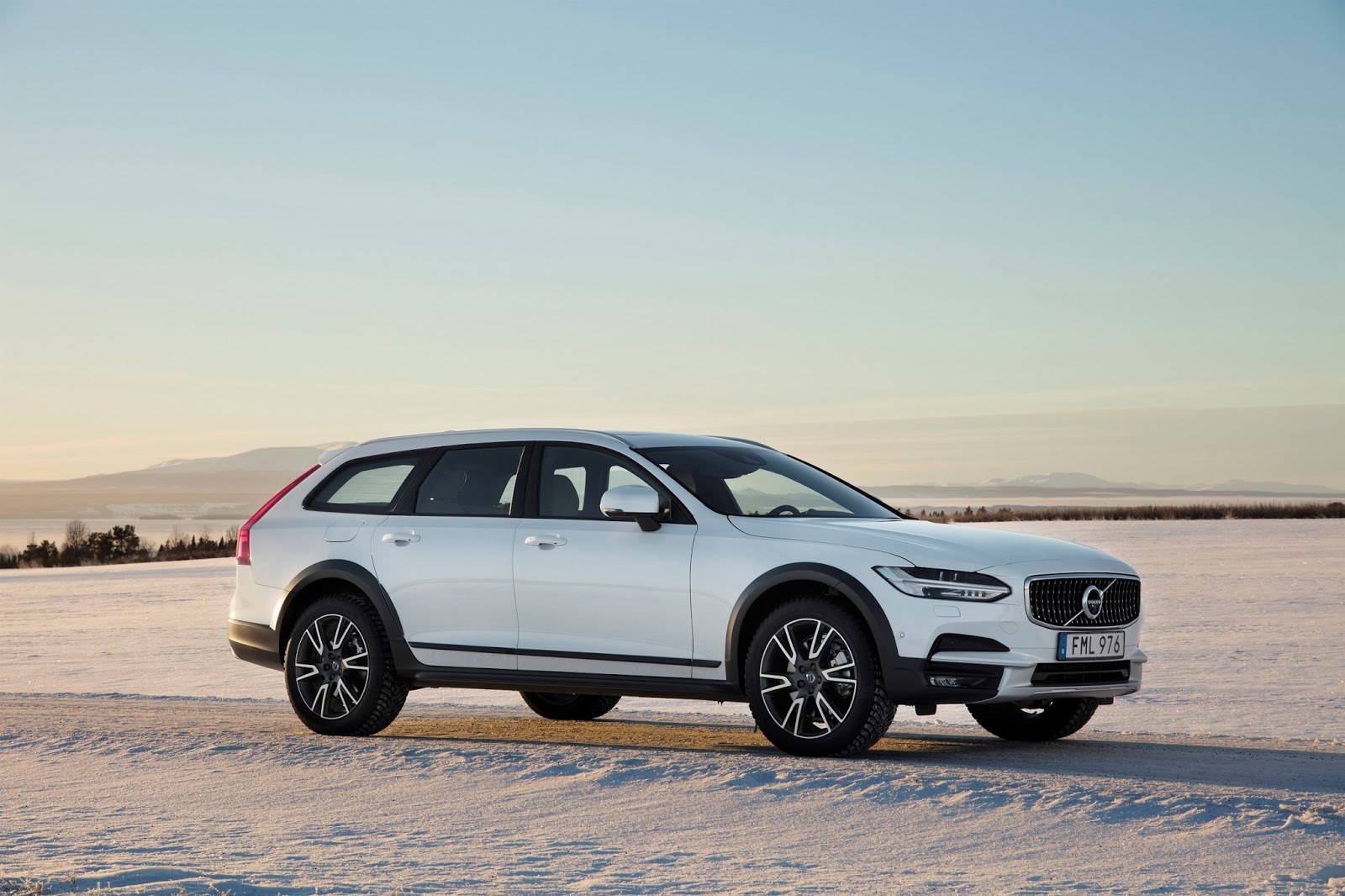
"Volvo cars are notorious for what here in Sweden we call 'framkomlighet', the ability to take you wherever you want to go, regardless of the weather. It is an important part of our heritage that clearly captures who we are and what our origins are. With the recent addition of electric all-wheel drive to our top-of-the-range products in the 90 Series, we are giving a clear indication of how advanced our brand's all-wheel drive technology is and our great potential," said Henrik Green, Senior Vice President Research and Development, Volvo Cars.
Advances in all-wheel drive technology ensure that improved grip, stability and traction continue to deliver control, confidence and driver enjoyment, while reducing fuel consumption.
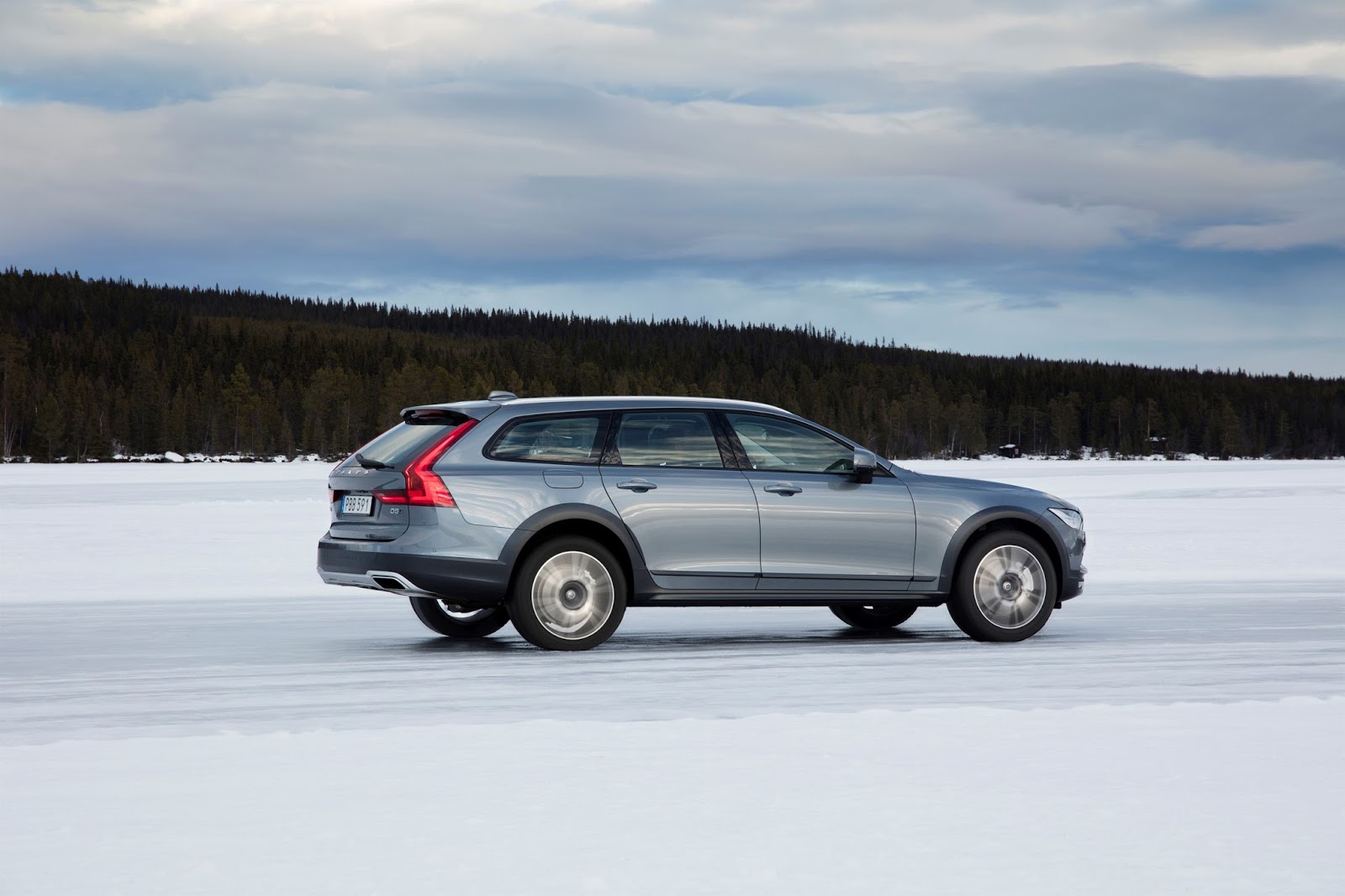
"The integration of electrification will bring even more flexibility to all-wheel drive systems. You can already see the first examples of this development in the XC90 T8 Twin Engine, where an electric motor integrated in the rear axle takes care of the rear wheel drive. As we move towards electric cars powered solely by batteries and other similar engine and transmission solutions, we will have increased capabilities to control each motor and each wheel independently, depending on either road conditions or the desired driving style," said Henrik Green.
"We understand the needs of our customers. We understand the need for a flexible all-wheel drive proposition that adapts instantly and automatically to the different weather conditions of the real world. All-wheel drive is as important to safety as the car's dynamic systems and we are committed to providing the driver with the confidence and balanced, enjoyable experience that comes from feeling fully in control of their car," added Henrik Green.
Four-wheel drive versions account for more than 50% of the new 90 Series, namely the XC90, S90 and V90, in the orders received by Volvo. In terms of the company's entire model range, the corresponding figure is more than 40%.
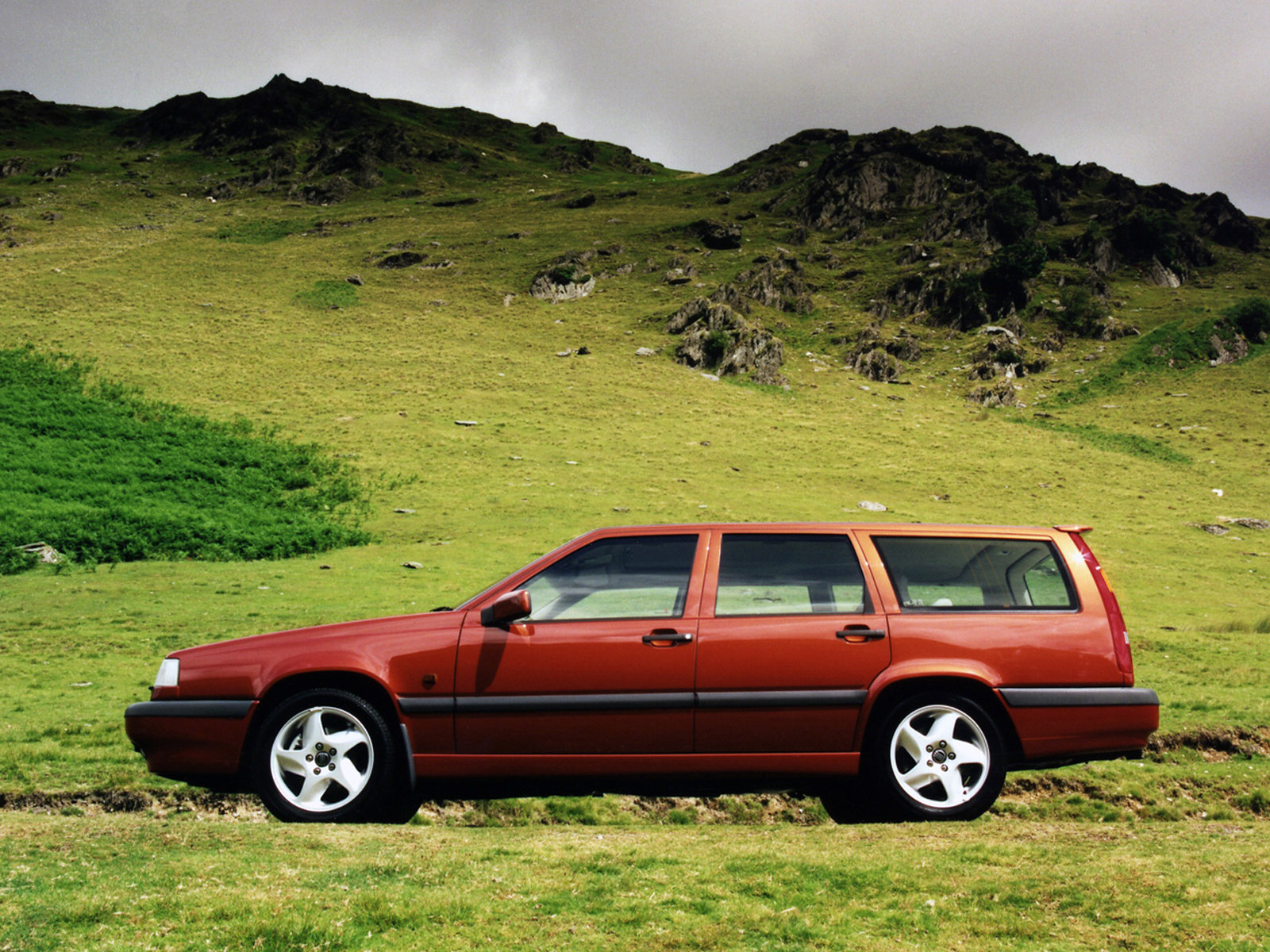
Volvo has been researching and testing all-wheel drive systems for more than 20 years. The first Volvo four-wheel drive car to go into production was the Volvo 850 Estate, launched in May 1996 with a 2.5-litre turbocharged I5T engine producing 193 bhp and mated to a five-speed manual gearbox.
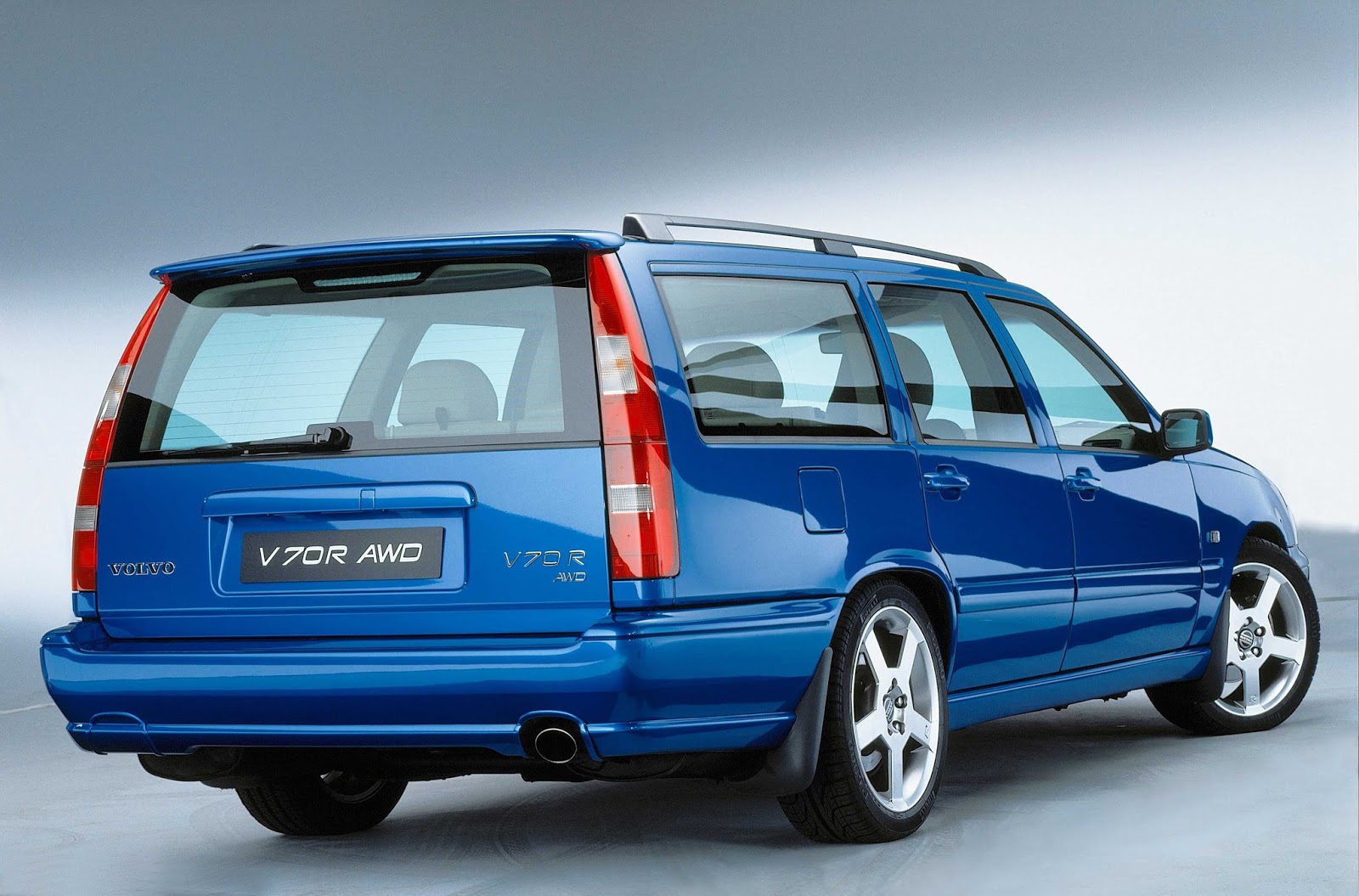
The Volvo V70, which has its origins in the 850, has had four-wheel drive since 1997. In the same year, Volvo put its first 'Cross Country', the V70XC, into production, launching a completely new type of car with a robust design and versatile features, which today is a familiar sight both on and off the road.
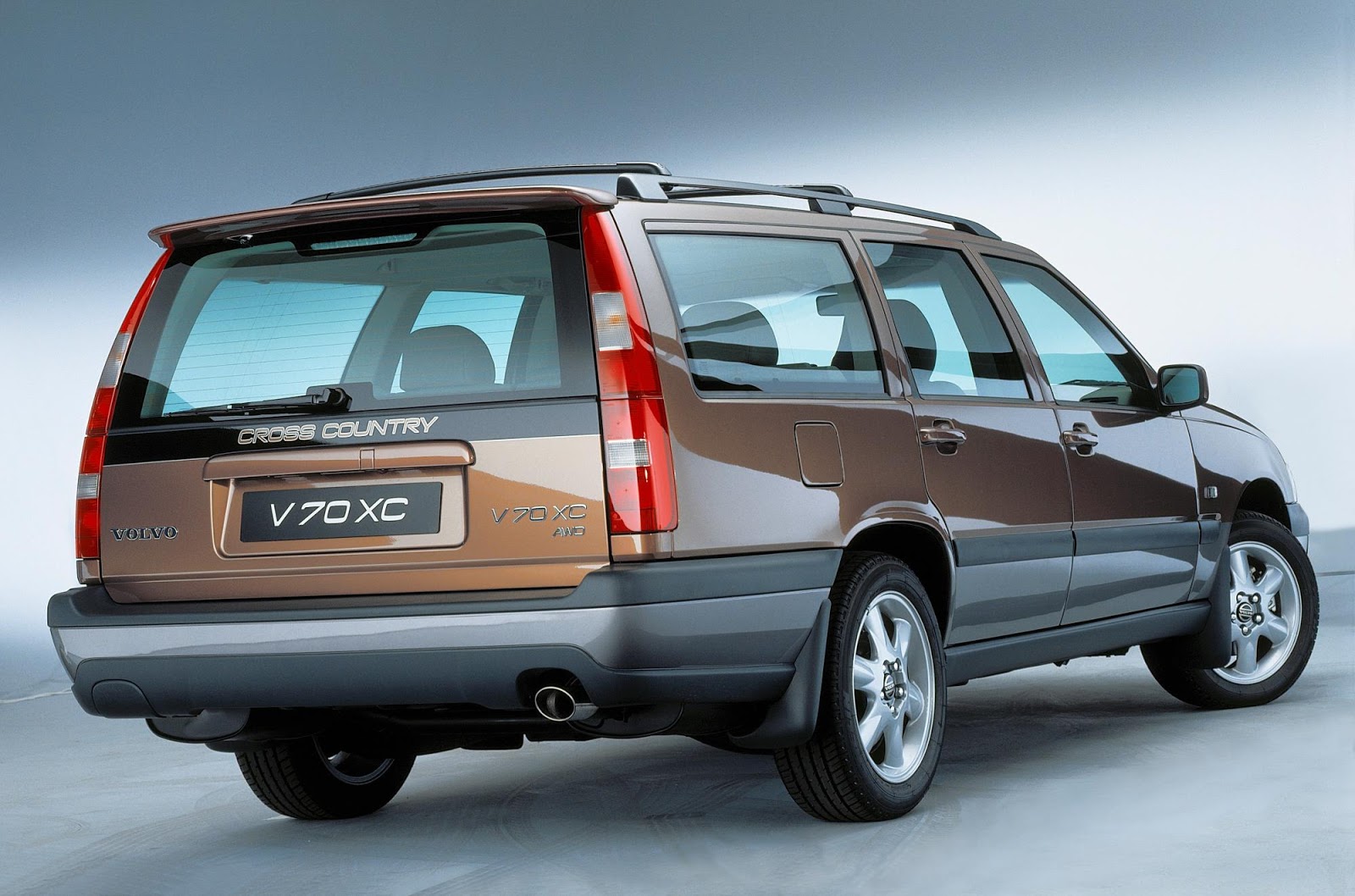
Volvo Cars introduced the all-wheel drive program when it began work on the first-generation XC90, a model that won accolades in the SUV category, having been launched in 2002 at the Detroit International Auto Show. The first-generation XC90 had an optional Haldex Traction Generation 2 clutch four-wheel drive system, mated to a 2.5-liter turbocharged gasoline engine. The T6 version with the 3.2-litre engine had all-wheel drive as standard.


